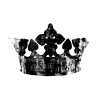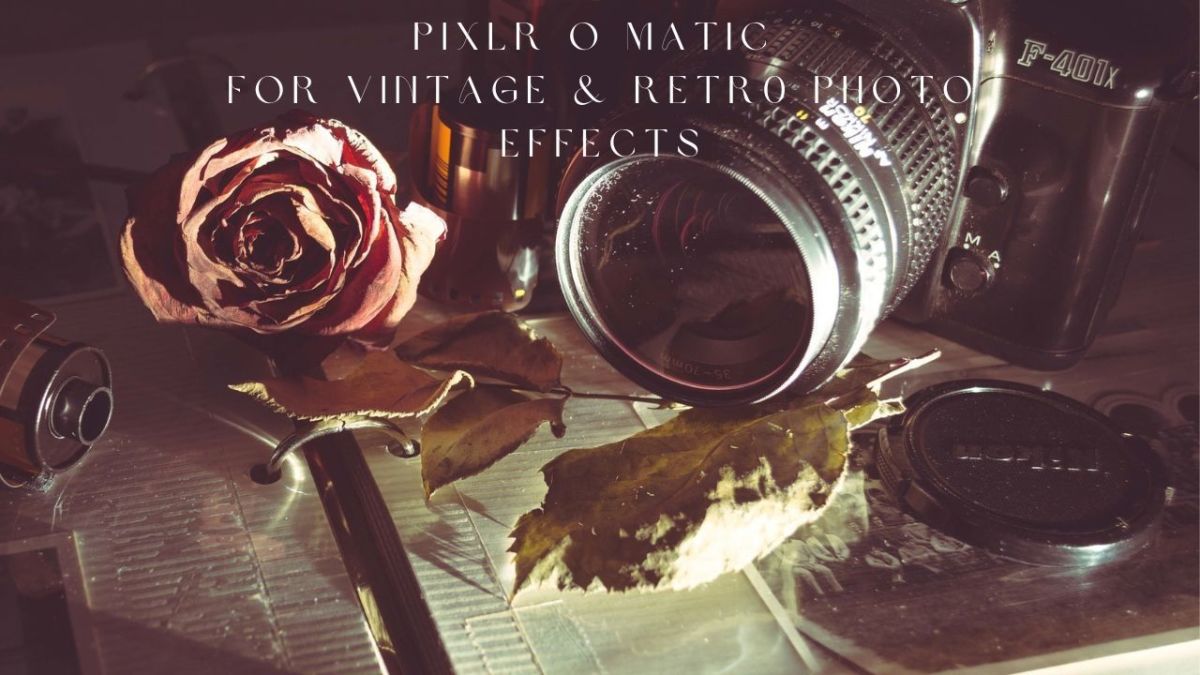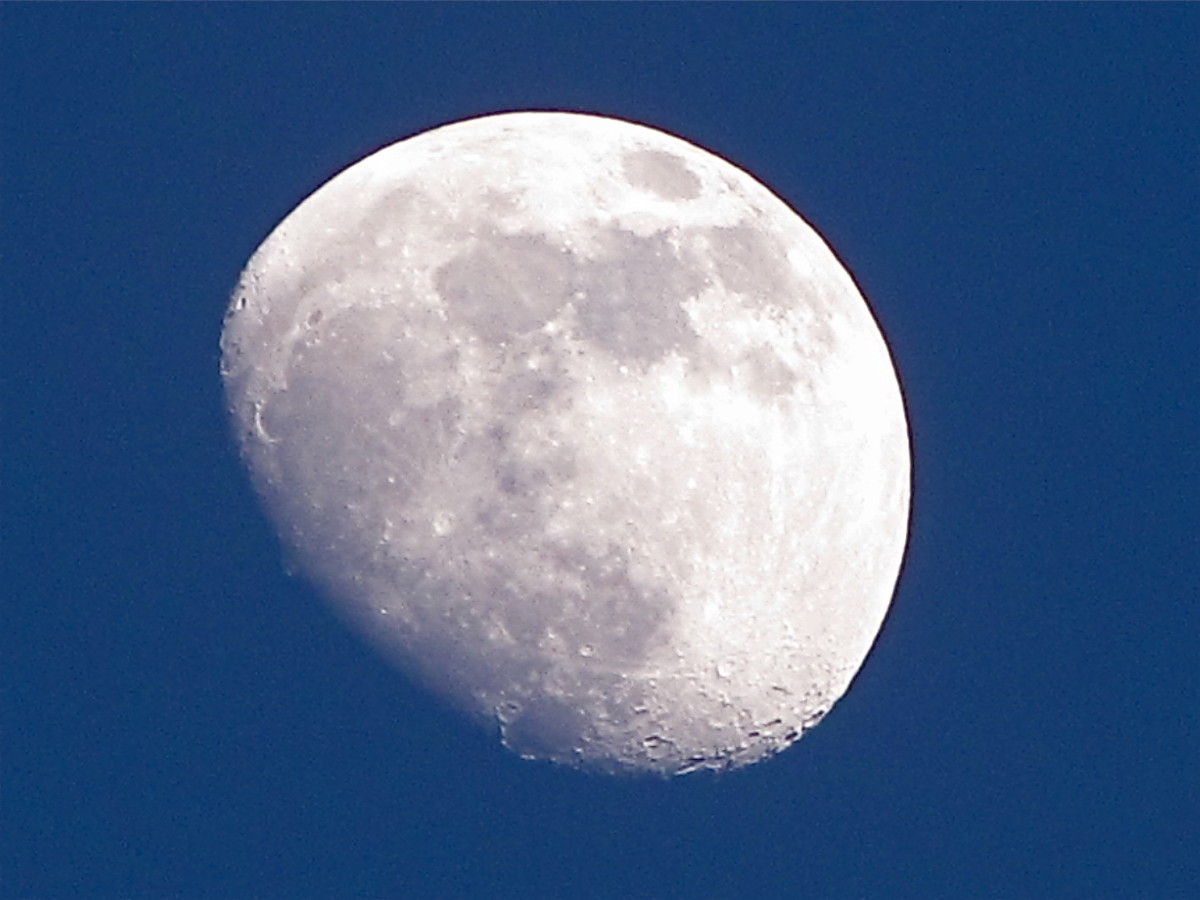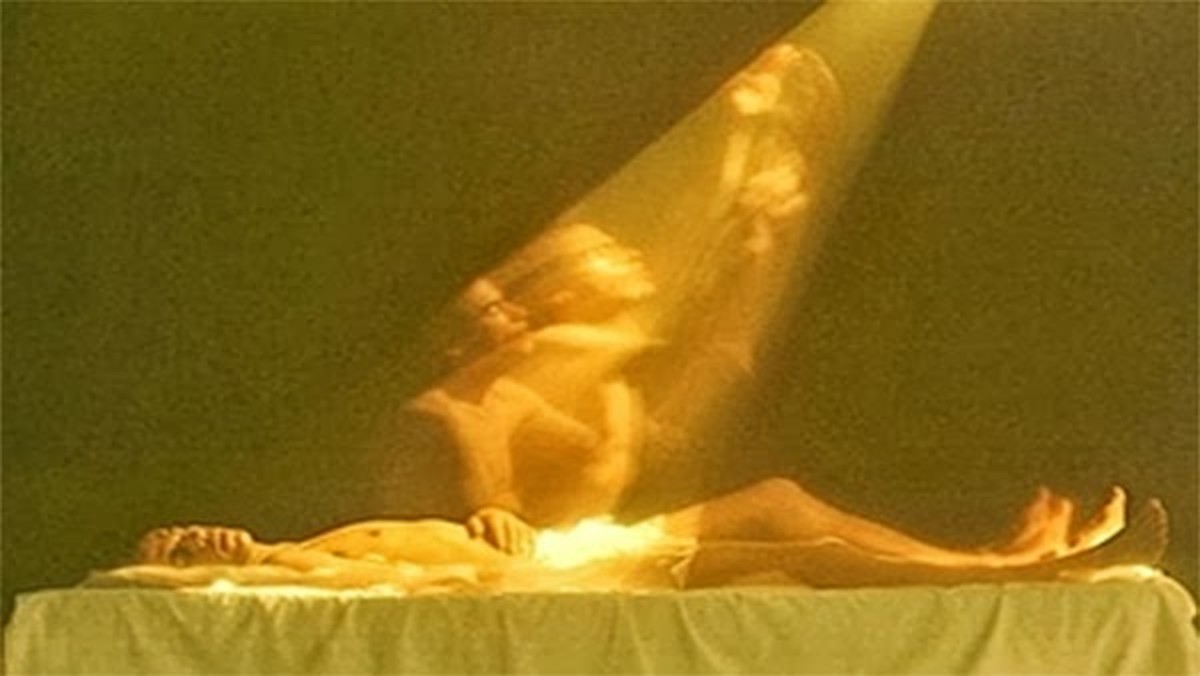Differences in SLR Camera Lenses

Before having a D-SLR, you probably didn’t think much about lenses other than pressing, pushing or pulling buttons for your compact camera lens to zoom in and out. Now in the world of D-SLR photography, you have come upon the technicalities of an assortment of lenses which you can attach, detach and exchange on your D-SLR depending on the types of images that you want to create. It may be a bit overwhelming to choose new lenses that suit your particular need, but knowing about some basic differences in SLR lenses can take you a step closer in choosing lenses that are right for you.
Focal length: the distance that a lens needs in order to focus or produce a sharp image which is measured in millimeters (mm).
NOTE: The effective focal length(s) of a lens will increase on a crop sensor D-SLR by a factor of 1.6. For example, if you attach a 50mm lens to a crop sensor camera, the effective focal length will be 1.6 x 50mm = 80mm. On the otherhand, the same 50mm on a full frame camera will still be of an effective focal length of 50mm.
Zoom and Prime Lenses
Since you are undoubtedly familiar with zoom lenses which magnify (zoom in) or de-magnify (zoom out) subjects, the other generally categorized lenses are prime lenses. Prime lenses are opposite in a sense to zoom lenses, and that is because they do NOT zoom at all. They have fixed focal lengths in contrast to the variable focal lengths of zoom lenses. For instance an 18-55 mm f/3.5-5.6 lens is a zoom lens whereas a 50mm f/1.8 lens is a prime lens. Focal lengths are usually given in millimeters (mm), and you can see that the zoom lens has a variable focal length of 18-55mm whereas the prime lens has one fixed focal length of 50mm.
While you may naturally think that a zoom lens is better than a prime lens, this is not necessarily the case. Zoom lenses are convenient because of the obvious zooming-in and zooming-out feature, but the reality is that prime lenses are almost always of a better optical standard to its zoom alternate. In short, this means that the image quality that you can get from a prime lens is usually better than that which you can get from a zoom lens. There are exceptions of course, but this is generally the case. Prime lenses are usually recommended for portraits and macro photography. Many photographers recommend that a 50mm prime lens affectionately called the ‘nifty fifty’ should be in any photography kit.

Aperture: the opening of the lens which is measured in f-stops (f/).
Telephoto Lenses
Telephoto lenses are genius, as they are long focus lenses with the actual physical length of a telephoto lens being shorter than the focal length. There are telephoto zoom lenses as well as telephoto prime lenses. Furthermore, some telephotos have a fixed aperture while others have a variable aperture.
A 70-200mm f/2.8 lens is a zoom telephoto lens with a one-stop (fixed) aperture. As discussed before with regard to zoom (focal) range, this telephoto can be used from anywhere from 70mm to 200mm. Furthermore, throughout its focal range, it can be used with the aperture of f/2.8. That’s the widest that this lens can get, but of course if you wish to use smaller apertures you can easily change it from your D-SLR. Such a lens is the desire of many photographers, because even though it is a zoom lens, the one-stop aperture allows for some amazing sharp shots with blurred backgrounds (bokeh). Furthermore, lens manufacturers typically make this lens of a very high optical standard. Large aperture lenses are ideal for low light conditions that may eliminate the need for flash because they let in a lot of light. They're often classed as 'fast lenses' that are very good for portraits, sports and weddings.
A telephoto zoom lens with variable aperture such as a 200mm f/3.5-5.6 lens is an alternate to the one discussed, but will not produce the same level image quality. Nonetheless, it can be used to get great shots and is typically bought as budget gear. There are also medium telephoto lenses such as the 85mm f/1.8 (which is also a prime lens) and super telephoto lenses such as the 300-600mm f/5.6 lens. As you can see, some of these are specialist lenses that may not be practical for regular purposes and not to mention carrying! Some of these can be quite heavy. There are even super telephotos that have focal lengths as large as 5200mm! The focal ranges of these lenses can give you an idea of the kinds of subjects that are photographed. Some are used for wildlife such as a 300-600mm range lens while others may be used for portraits, especially headshots, like the 85mm f/1.8 lens.

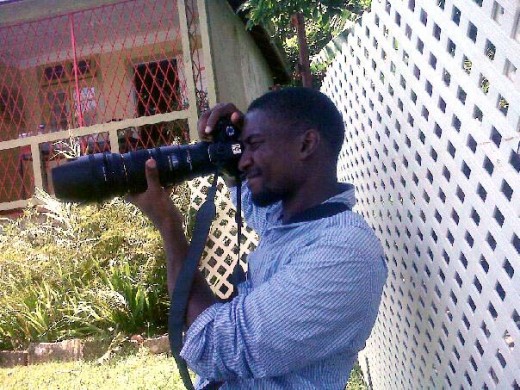

Other Lenses
Other specialist lenses are available such as wide angle and ultra wide angle lenses that allow for a capturing a wide expanse of a scene using short focal lengths. Fish eye lenses are technically with wide angle lens bracket, but are used for effects as they cause severe distortion. Macro lenses magnify small things to an extent that is remarkable. These lenses are used to capture images of small creatures, flowers and other small things that you wouldn’t typically see much details of. Finally, there are tilt-shift lenses that are probably the most unusual of them all. Just as the name suggests, these lenses have an extra ability to be shifted to compensate for distortion while taking images of wide scenes.

Other Technical Lens Differences
Now that you have had the basic understanding for the differences among SLR lenses, there are further technical differences that can be crucial when choosing a lens. Without going too much into these, you can get a gist of them by going through the definition of each. When you are researching on specific lenses and comparing them with others, you'll definitely see these terms coming up such as on popular D-SLR review sites such as www.the-digital-picture.com and www.dpreview.com.
Terms to be aware of:
Vignetting: a reduction of an image's brightness or saturation at the corners.
(Barrel) Distortion: causes images to be spherised or 'inflated'.
(Lens) Flare: Unwanted, excessive light in a photograph due to internal reflections and scattering of light caused by a lens with non-uniform optical characteristics.
Specifications and Measurements: deals with various factors including focal length, compatibility (with full-frame or crop-sensor D-SLRs), angle of view (diagonal, horizontal and vertical), aperture, weight, size, focus, close focus, features (including image stabilization, weather seals among others).
Image Quality and ISO performance: this is judged based on comparisons with competitor lenses. ISO (International Organization for Standardization) is originally the measure of how sensitive film is to light. In the case of D-SLRs, the sensor takes the place of film. However, the lens does play a vital role in how an image may turn out.
Before you buy a new lens!
Before you go out and buy a new lens, you’ll definitely need to know the type of photography that you want it for as well as what your budget is. If you’re just into basic photography of family, friends or even a day at the zoo, then standard zooms and primes may suffice. In any event, once you decide upon a lens for your specific D-SLR, you’ll still need to sift through alternate options even those from third-party manufacturers (such as Sigma, Tokina and Robikon) should you choose to venture that path. Lenses can cost way more than your D-SLR, and with such an investment proper research and first-hand testing is recommended. Your creativity is first though, and equipment second of which certainly includes lenses.
